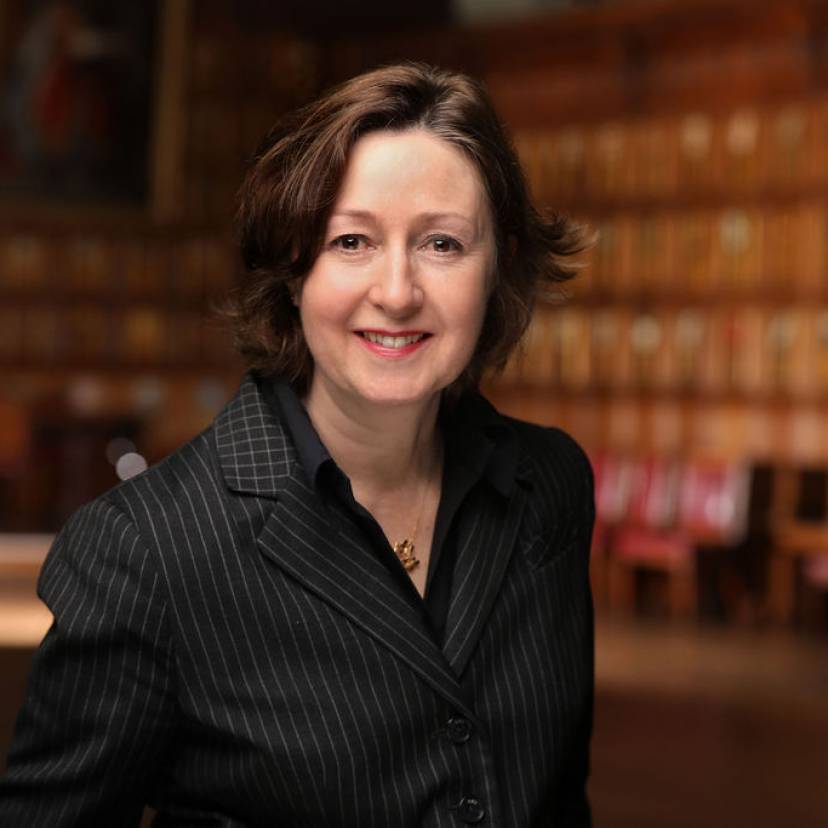Claire Robinson considers the new and important case of “BNE” v The King (2023) - Disclosure when police use decoy images in RASSO cases.
30 October 2023
“BNE” v The King (2023) EWCA Crim 1242 - link to judgment
This is an interesting judgement for anyone dealing with RASSO cases in which decoy images are used on social media sites to enable investigators to pose as children under 16 to identify those seeking opportunities to commit sexual offences against children.
Useful guidance has been given on the prosecution’s duty to disclose information about the decoy images used. The guidance covers situations where photographs of a real person are used, and where the images used are ones that have been digitally created, altered, or modified.
Background.
The appellant was convicted for offences of attempted sexual communication with a child and attempting to incite a child to engage in sexual activity arising out of correspondence on social media platforms between the appellant and an undercover police officer X.
X’s profile described her as being 18 years but from the beginning of the messaging X told the appellant that she was 14 years and then later referred to being in Year 9 at school, complained about having to wear school uniform for another two years [3].
The appellant’s case was that he had at all times believed that he was communicating with an adult who was pretending to be only 14 as part of a role-playing fantasy. He relied on X’s profile picture and the images sent to him by X which he asserted showed what he believed to be a woman aged around 19 - 23 [5].
In advance of the trial the defence requested disclosure of the true age of the person shown in the images. The prosecution declined this request. The judge ruled that the age of the person shown was prima facie disclosable. He was then invited to conduct a PII hearing, which he did. He repeated his earlier ruling, but held that, in light of what he had heard in chambers, there was a public interest in not disclosing the information [7-10].
The Appeal.
The sole ground of appeal challenged the refusal to disclose the true age of the person shown in the images which X sent to the appellant.
Lord Justice Holroyde who gave the judgement stated:
The principle issue on both counts was whether the jury were sure either that the appellant did not genuinely believe that X was 16 or over, or that any genuine belief he may have held was not reasonable. [19].
The prosecution could prove the mental element of the attempted offences in two ways, R v Ishaqzai (2020) EWCA Crim 222 applied [20]:
- First, by making the jury sure that the appellant did not believe X to be 16 or over. This approach involves the jury making a determination as to the appellant’s subjective belief;
and
- Secondly by proving that, even if the appellant did believe her to be 16 or over, or might have done so, any such belief was not reasonable. This involves the jury making an assessment as to whether, in all the relevant circumstances of the case, any belief was not reasonable.
The circumstance that were known to the appellant in this case were the nature and content of the messages sent by X, the profile picture which was used, and the images sent to him by X.
Lord Justice Holroyde gave the following guidance on disclosure in relation to both unaltered photographs of a real person and images that had been digitally created, altered or modified.
Unaltered photographs of a real person [25 - 26].
“If the relevant image is an unaltered photograph of a real person who was in fact aged 16 or over when photographed, it seems to us that the true age of the person, at the time when the photograph was taken, should be disclosed to the defence”.
“The prosecution should disclose the actual age of the person shown at the time when the photograph was taken and not merely the fact that the person was aged 16 or over”
The court accepted the submission that the true age of the person in the photograph is a fact capable of undermining the prosecution case, and/or of assisting the defence case. For example, if the decoy profile was of a 14 year old but the images used were unaltered photographs of a real person taken when she was 18, a jury could properly take that fact into account when deciding whether the defendant may have believed her to be 16 or over and / or when deciding whether his belief was reasonable.
In addition, the jury must not be misled by being shown images in circumstances which may give rise to an incorrect assumption about the age of the person depicted.
Images that have been digitally created, altered or modified in some way [27 – 29]
Images that have been digitally created, altered or modified in some way, to produce images that are consistent with the decoy profile are done to either create an entirely artificial image or to alter the appearance of the person initially photographed so that it ceases to be a true likeness.
“In this second situation, the true age and original appearance of any person originally photographed can in our view be of no relevance” [27].
“In this second situation, the prosecution's duty of disclosure does not extend to disclosing the true age of any real person originally photographed or the nature and extent of the digital process which has been used to make the images. It is however necessary that the defence should be informed of the fact that the images have been digitally manufactured, altered, or modified so as to make, for the purpose of the decoy profile, images which are not a true likeness of any real person who may originally have been photographed” [28]."
The Court were satisfied that, to that very limited extent, it will be necessary in the interests of justice to disclose one aspect of the investigative techniques which must otherwise remain confidential.
In relation to what might be presented to a jury in this second situation the court indicated:
“Subject again to the precise issues in a particular case, it follows from what we have said that, in a case where there has been no disclosure of the true age of the person shown at the time when the photograph was taken, it will usually be necessary for the jury to hear evidence of the fact that the images were manufactured, altered or modified so as to fit the decoy profile. Where that fact is in evidence, the trial judge should direct the jury that there is no evidence about the true age of any person shown in the images; that there is no evidence about what was done to manufacture, alter or modify them; that they must not speculate about those matters, because they are not relevant to the jury’s verdicts; and that they must concentrate on the evidence of the material – the messages and the images – which the defendant received” [29]
The appeal was allowed in this case. The court accepted the submissions that the appellant was unfairly prejudiced because the jury may well have assumed that the images were true likenesses of a real girl aged 14, or at least aged under 16, at the time she was photographed. On the evidence before the jury, that was not an assumption which they could properly have made [30].
Commentary:
Those prosecuting cases in which decoy images are used on social media sites must ensure that accurate information about the photographs is available so that it can be reviewed for disclosure. This will include any cases in which a decoy persona has been used, whether by a police officer or a member of one of the ‘online child abuse activist groups’ set up to identify potential offenders.
This case provides welcome guidance which will help ensure a consistency in disclosure decisions and will assist the defence when making requests for information about decoy images. In the usual way, any decision on disclosure will be dependent on the relevant issues in the particular case.

